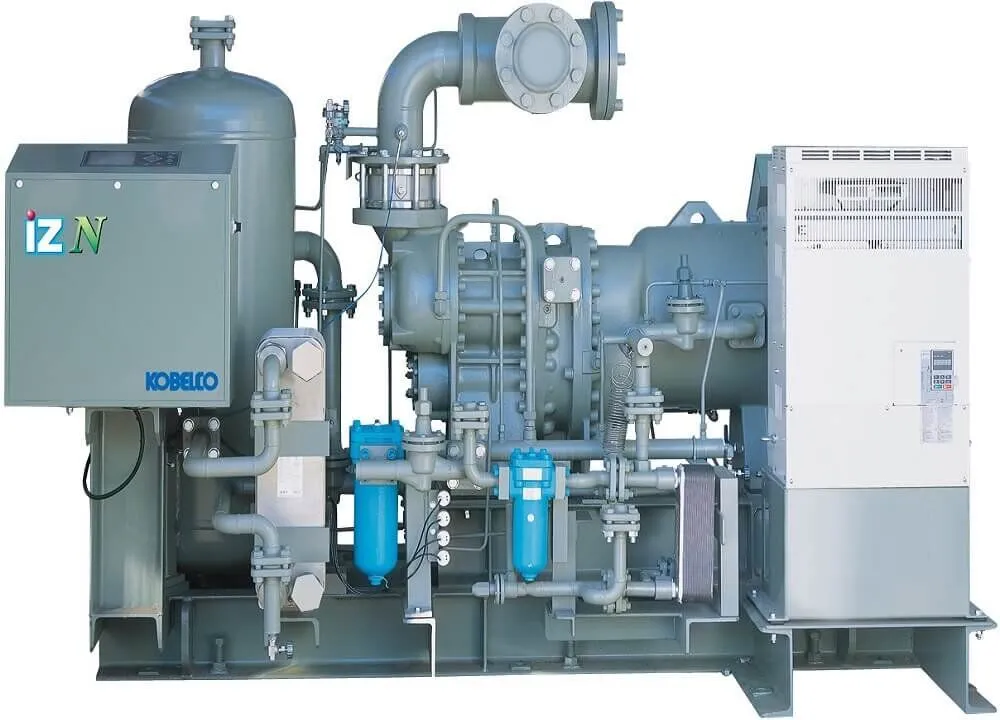water and air cooled chillers
Water-Cooled and Air-Cooled Chillers An Overview
Chillers are essential components in many industrial and commercial cooling applications, providing a reliable method for controlling temperature in various settings, such as manufacturing processes, HVAC systems, and laboratories. Among the different types of chillers available in the market, water-cooled and air-cooled chillers are the two primary categories. Each has its unique advantages, disadvantages, and applications, making it essential for facility managers and engineers to understand their differences when selecting the right chiller for a specific application.
Water-cooled chillers utilize water as the medium for heat exchange. They typically consist of a refrigeration cycle that operates in conjunction with cooling towers. The primary working process involves absorbing heat from water circulating through the system and discharging it into the cooling tower, where it is dissipated into the atmosphere. Water-cooled chillers are known for their high efficiency and low operating costs, particularly in larger systems. Their efficiency stems from the lower thermal conductivity of water, which allows for better heat exchange compared to air.
Water-Cooled and Air-Cooled Chillers An Overview
However, water-cooled chillers come with some disadvantages. They require a constant supply of water, which may not be available in all locations. Maintenance and potential issues such as scaling, corrosion, and water treatment add to operational costs. Additionally, they require substantial infrastructure, including cooling towers and extensive piping, which can increase initial installation costs.
water and air cooled chillers

On the other hand, air-cooled chillers use ambient air as the cooling medium. These chillers are typically equipped with fans that draw in air and direct it over coils containing refrigerant, which absorbs heat from the process fluid. Air-cooled chillers are generally easier to install and maintain compared to their water-cooled counterparts, as they do not require a complex water system or cooling towers. They are often employed in smaller installations or where water availability is a concern.
The primary advantages of air-cooled chillers include lower initial installation costs and reduced maintenance requirements. Since they use air for cooling, there is no need for extensive water supply or treatment systems, making them simpler and more cost-effective for smaller applications. Additionally, air-cooled chillers are easier to relocate, offering flexibility in changing operational needs.
However, air-cooled chillers tend to be less efficient than water-cooled chillers, particularly in large-scale applications, due to the lower thermal mass of air. They can also be noisier because of the fans used to promote air circulation. In high ambient temperatures, their efficiency can significantly drop, posing challenges in regions with hot climates.
In conclusion, both water-cooled and air-cooled chillers have their respective advantages and disadvantages, making them suitable for different applications. When selecting between the two, it is crucial to consider factors such as system size, installation costs, maintenance needs, and environmental conditions. Understanding these differences helps ensure optimal performance and energy efficiency for cooling requirements across various industries.
















































































































